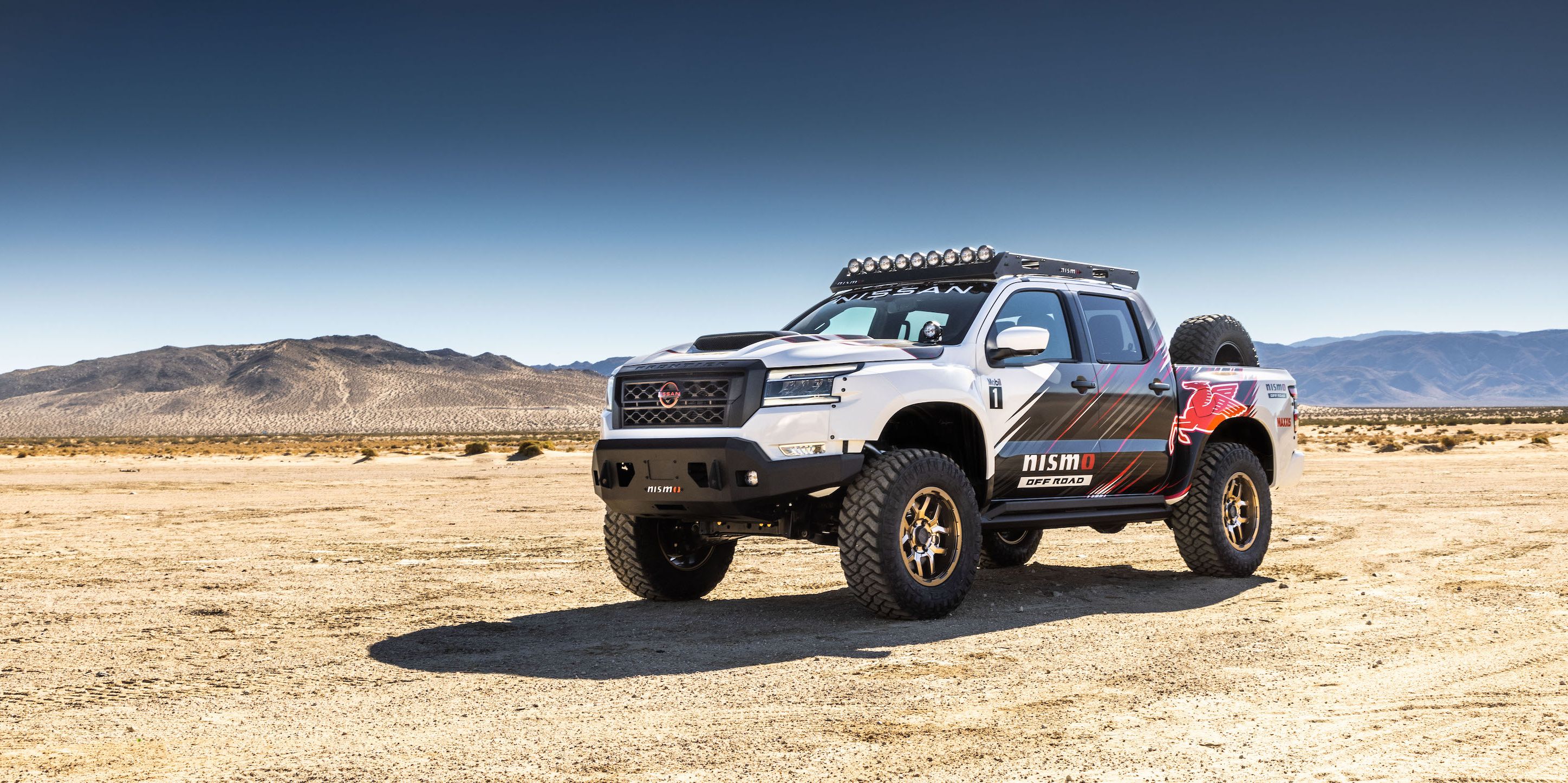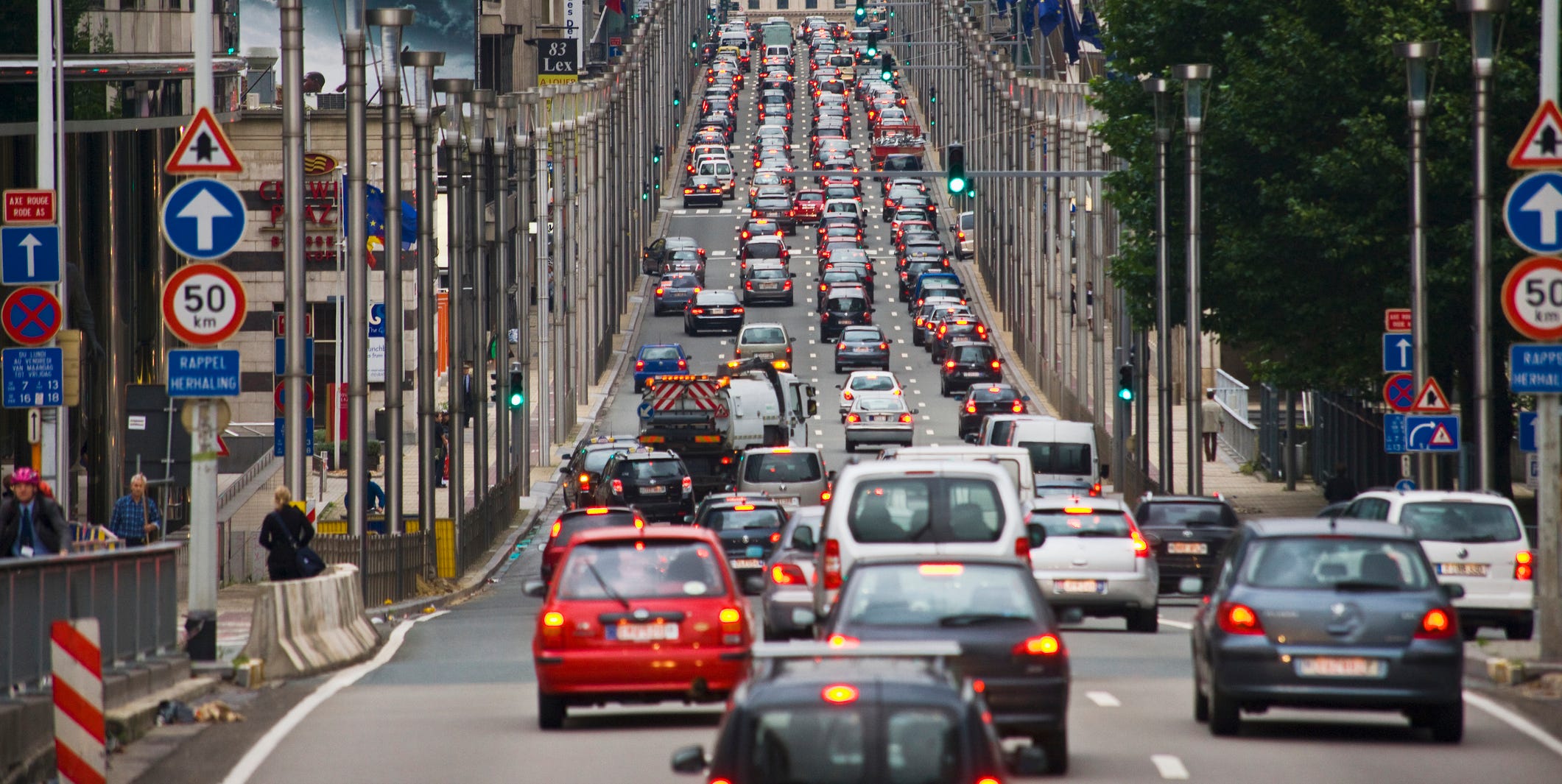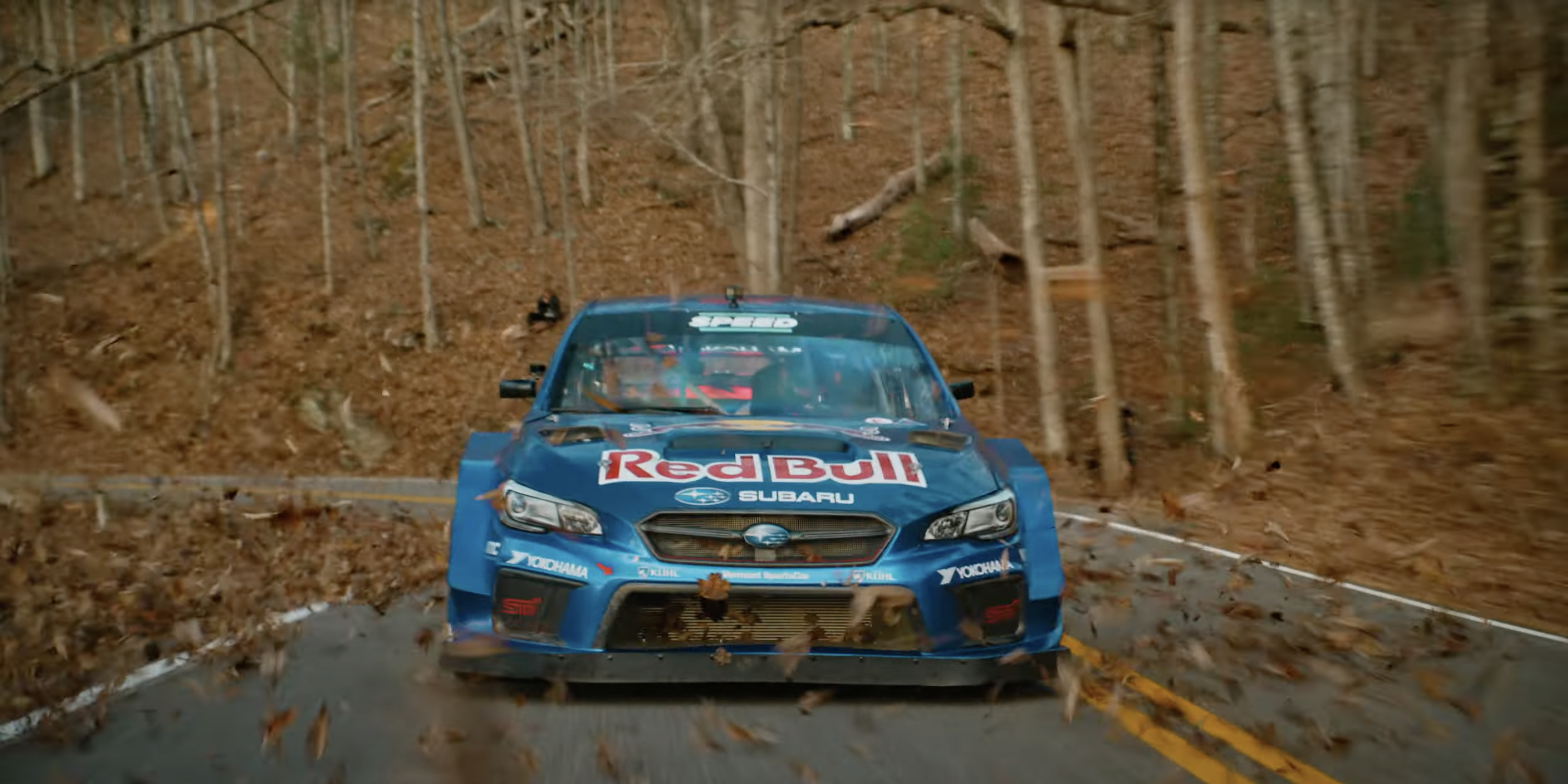Hi! Alanis King here. I spent last weekend at the U.S. Grand Prix, staring into Sergio Pérez's eyes, asking Max Verstappen his thoughts on Criss Angel, and driving the 2023 Honda Civic Type R. If you want to read driving impressions for that last one, you can here. But as always, we're here to discuss racing—which, by the way, Road & Track's October/November issue is all about. It's 170 pages of incredible photos, profiles, and illustrations about the current state and future of motorsports, and the cover story features Sebastian Vettel, our favorite Formula 1 boy who recently joined Instagram. You can read some of the stories here. But really, you should go pick up a copy. It's beautiful, and I'm not just saying that because I got a few Medieval Times references into it. Now for this week's news! |
|
| Mark Thompson | Getty Images Red Bull Wins the USGP, F1 Constructors' Championship Stop me if you knew this already, but Red Bull Racing is really good in F1 this year. Max Verstappen won the drivers' championship four races early in Japan, and Red Bull entered the U.S. Grand Prix last weekend knowing that to win F1's constructors' championship all it had to do was not mess up (too badly). The USGP was entertaining. Fernando Alonso did a wheelie, Sebastian Vettel led for a bit, and a botched pit stop by Red Bull helped put Mercedes's Lewis Hamilton in position to maybe win his first race of the season. Of course, Murphy's Law says that anything Max Verstappen can technically win in 2022, he will. Verstappen caught Hamilton with a few laps to go and passed him, taking his 13th win of the year. It ties him with Michael Schumacher and Sebastian Vettel for most wins in a season, and with three races to go, there's a good chance he'll beat the record altogether.
Verstappen's teammate Sergio Pérez finished fourth at the USGP, putting the team 187 points ahead of Ferrari in second place. That means Ferrari (and everyone else) is mathematically unable to catch up, because Red Bull gives you chaaaaampionships.
|
Peter Fox | Getty Images F1 Extends Its U.S. TV Deal, Breaks Attendance Record at COTA I vividly remember walking into Circuit of The Americas on a Sunday for last year's U.S. Grand Prix, which was the track's first since 2019 due to a COVID-induced pause in 2020. About 400,000 people attended across the weekend, and the crowd—reported to be the biggest in F1 history—was stunning. After years of dwindling crowds, tax issues, and an uncertain future for F1 at COTA, the 2021 race brought a kind of modern renaissance courtesy of F1's growing U.S. footprint and Netflix's Drive to Survive. This year, the crowd was bigger: 440,000 across the weekend, including new viewing and hospitality areas lining the circuit to accommodate even more people. It's no surprise, then, that F1 recently extended its American TV deal with ESPN through 2025. Average race-day viewership went from 949,000 in 2021 to 1.2 million this year, and the Miami Grand Prix peaked at 2.6 million. F1 gets more and more American by the year, because we Americans love it. The best news of all? F1 said it won't adopt America's worst sports habit: constant ads. F1 broadcasts will continue to be commercial-free next year, and that's just the way we like them. |
Sean Gardner | Getty Images NASCAR's Bizarre Playoff Bracket This NASCAR season is weird. One driver, Alex Bowman, has been out with concussion-like symptoms. Another, Kurt Busch, stepped away from full-time NASCAR racing mid-season after getting a concussion. Plus, the two main championships up for grabs—driver and owner—don't have the same brackets. These days, the NASCAR Cup Series championship works like this: 10 races, 16 drivers, and three elimination rounds. You run three races per round, then eliminate four drivers, and reset the points so everyone starts over for the new round. If you win a race in one round, you automatically qualify for the next one. You'll notice that after three elimination rounds, we've run nine races and have four drivers but only one race left. The highest playoff finisher in that final race—on track, because points don't matter now—wins the title. Make sense? Great. Welcome to the NASCAR playoffs. Now we're going to make it even more confusing. For the driver championship, the driver who survives the playoffs and finishes highest in the finale wins. For the owner championship, it's the car number. Before Busch's concussion, he qualified for the playoffs in the No. 45 car. While he opted not to return and compete in the playoffs, his car made it—meaning his team put his teammate, Bubba Wallace, in the No. 45 for the final races of the season. The No. 45 making the owner playoffs prevented the No. 12, Ryan Blaney, from qualifying in the owner's bracket. Blaney himself is one of the eight people still competing in the driver playoffs. This discrepancy opened the door for Kyle Larson, who got eliminated from the drivers' championship, to stay in the hunt for the owners' title. He won the Cup race at Homestead-Miami Speedway on Sunday, giving him an automatic pass to the final four in the owners' championship. As a driver, he's not even in the mix anymore. I'm sure this is all a lot of information to take in. But the really interesting thing is that Larson, who won last year's Cup title, is now in the final four of one championship and completely out of the other. NBC Sports' Nate Ryan says there have only been two split driver-owner championships in Cup Series history: 1954 and 1963. Every year, NASCAR's finale has a star-studded aura to it where the "final four" drivers lead pretty much the whole race, all vying to finish first amongst each other and win the title. But Larson is a strong driver with a strong car, and I'm selfishly curious to see how hard he'll race the four cars going for a driver championship in the finale. If Larson finishes ahead of those four, NASCAR will crown two different winners for its two main titles—which, I guess, is the whole point of having two. We'll see how this all shakes out in a couple of weeks in NASCAR's championship weekend at Phoenix Raceway |
|
|
What's Coming Up This Weekend? |
Hello! Motorsports editor Fred Smith here with this weekend's racing schedule. This weekend is headlined by the tail end of NASCAR's championship chase, but Formula 1 is in action, too. NASCAR Cup Series – Martinsville Speedway
Sunday 2:00 PM ET, NBC This is it. Right now, eight drivers are still alive for a NASCAR Cup Series championship. Four of those drivers will be eliminated Sunday, then three more will be eliminated when a winner is crowned next week. The half-mile short track at Martinsville will host this final elimination race, one that has become one of the biggest in the sport since this championship format was introduced. With the already-eliminated Kyle Larson's win last weekend, Joey Logano is the only driver in the field locked into the final round. As the points stand today, he would be joined by Chase Elliott, Ross Chastain, and William Byron. The margins are narrow, though: Denny Hamlin is just five points behind Byron, and Ryan Blaney is 13 behind Hamlin. Christopher Bell and Chase Briscoe have some digging to do after poor finishes in earlier races, but either could advance with a Martinsville win of their own. A win advances anyone in that group of eight to the championship decider, while a poor finish could eliminate anyone but Logano. This is the stretch of the season teams spend the entire year preparing for, and these are the best cars, engines, and setups these teams can swing. Formula 1 – Mexican Grand Prix
Sunday 4:00 PM ET, ESPN Now that both the drivers' and constructors' championships have been clinched, the rest of the Formula 1 season is something of an epilogue. Specifically, like the epilogue in Return of the King, with a half-dozen different episodes and plenty of space to wrap up everything that could possibly be wrapped up. This weekend is the Mexican Grand Prix, a popular event that has just been confirmed through 2025. At this point, there are fairly few surprises left. The Ferrari is fast over one lap, the Red Bull seems to be much faster in the race, and the Mercedes is capable of getting Lewis Hamilton into the conversation even if it does not seem fast enough to actually win a race. Just three more grands prix remain until the offseason, though, so be sure to get your fill of the 2022 F1 field while you can. |
|
|
|










No comments:
Post a Comment